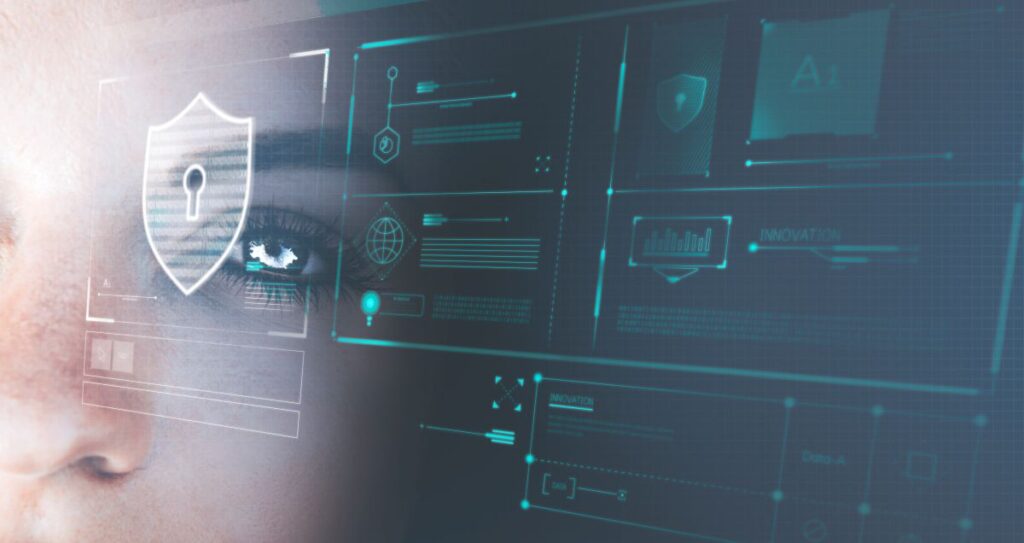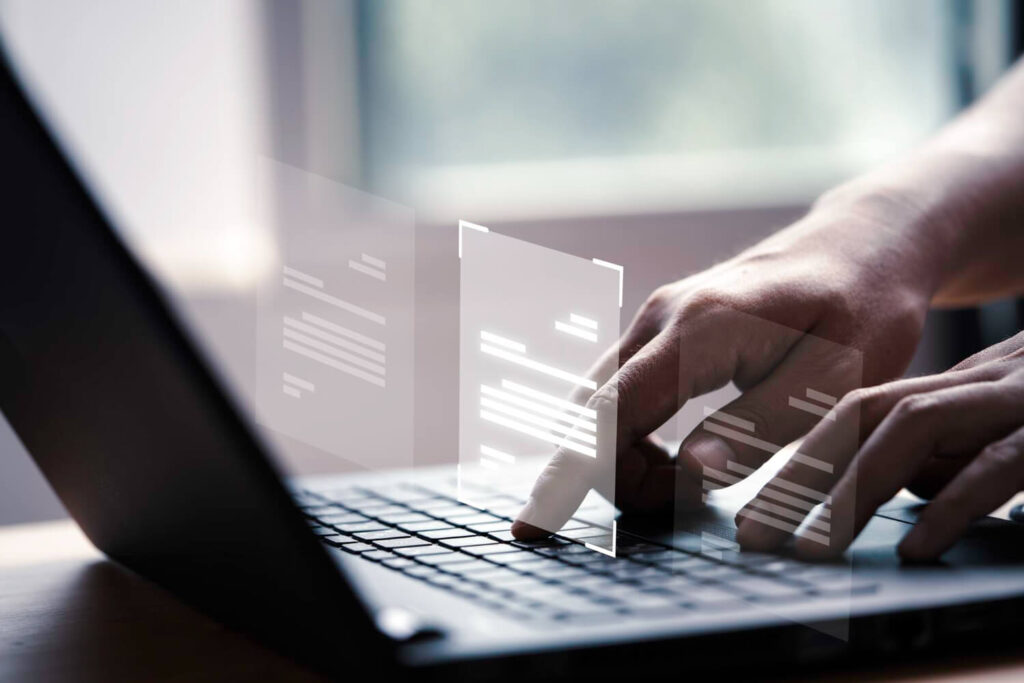Segurança
Como proteger seus dados pessoais e dispositivos contra ameaças cibernéticas
Como proteger seus dados pessoais e dispositivos contra ameaças cibernéticas
A segurança cibernética é uma preocupação crescente nos dias de hoje, à medida que cada vez mais aspectos da nossa vida se tornam digitalizados. Proteger nossos dados pessoais e dispositivos contra ameaças cibernéticas é essencial para preservar nossa privacidade e evitar possíveis danos. Neste artigo, forneceremos uma visão abrangente e prática de como proteger-se contra essas ameaças e manter-se seguro no ambiente online.
1. Conscientização sobre ameaças cibernéticas
É fundamental ter conhecimento dos diferentes tipos de ameaças cibernéticas para se proteger efetivamente. Isso inclui malware, phishing, ataques de força bruta, entre outros. Compreender o funcionamento dessas ameaças e seus sinais reveladores é o primeiro passo para uma proteção eficaz.
2. Mantenha seu software atualizado
Manter o software do seu dispositivo atualizado é uma medida importante para garantir a segurança cibernética. As atualizações frequentes geralmente incluem correções de segurança que fortalecem a proteção contra novas ameaças. Certifique-se de atualizar regularmente o sistema operacional, os aplicativos e os programas de segurança em seus dispositivos.
3. Utilize senhas fortes e únicas
O uso de senhas fortes e únicas é uma das melhores práticas para proteger seus dados pessoais. Evite senhas óbvias ou facilmente adivinháveis, como datas de nascimento ou sequências numéricas simples. Em vez disso, crie senhas longas, combinando letras maiúsculas e minúsculas, números e caracteres especiais. Além disso, use senhas diferentes para cada conta que você possui.

4. Tenha cuidado ao compartilhar informações pessoais
Ao interagir online, é essencial ter cautela ao compartilhar informações pessoais. Evite fornecer dados sensíveis, como números de documentos, informações bancárias ou detalhes de login, a menos que seja absolutamente necessário e você confie na fonte. Esteja atento a solicitações de informações pessoais por e-mail ou em sites não confiáveis.
5. Utilize uma solução de segurança confiável
Contar com uma solução de segurança confiável é crucial para proteger seus dispositivos contra ameaças cibernéticas. Instale um programa antivírus atualizado e um firewall em seus dispositivos para detectar e bloquear possíveis ataques. Além disso, considere a utilização de uma VPN (Rede Virtual Privada) para garantir uma conexão segura ao navegar na internet.
6. Esteja atento a e-mails e mensagens suspeitas
O phishing é uma técnica comum usada por hackers para obter informações confidenciais dos usuários. Esteja atento a e-mails ou mensagens suspeitas que solicitam informações pessoais ou que possam redirecioná-lo para sites maliciosos. Verifique cuidadosamente os remetentes e evite clicar em links suspeitos.
7. Faça backup regular dos seus dados
Realizar backups regulares dos seus dados é uma prática fundamental para proteção contra perda de informações em caso de ataques cibernéticos. Armazene suas cópias de segurança em locais seguros, como discos rígidos externos ou serviços de armazenamento em nuvem confiáveis. Dessa forma, mesmo que ocorra uma violação de segurança, você poderá recuperar seus dados importantes.
8. Eduque-se continuamente sobre segurança cibernética
A segurança cibernética é um campo em constante evolução, com novas ameaças surgindo regularmente. É importante dedicar tempo para se educar continuamente sobre as melhores práticas de segurança cibernética e estar atualizado com as últimas tendências e soluções de proteção. Aprender com fontes confiáveis e participar de cursos ou palestras sobre o assunto pode ser extremamente benéfico.
Conclusão
Proteger seus dados pessoais e dispositivos contra ameaças cibernéticas é um processo contínuo que exige atenção e adoção de medidas preventivas. Ao seguir as práticas mencionadas neste artigo, você estará fortalecendo sua segurança online e reduzindo os riscos de ser vítima de ataques cibernéticos. Lembre-se sempre de estar vigilante, atualizar seus dispositivos e utilizar soluções de segurança confiáveis para uma experiência online mais segura.

